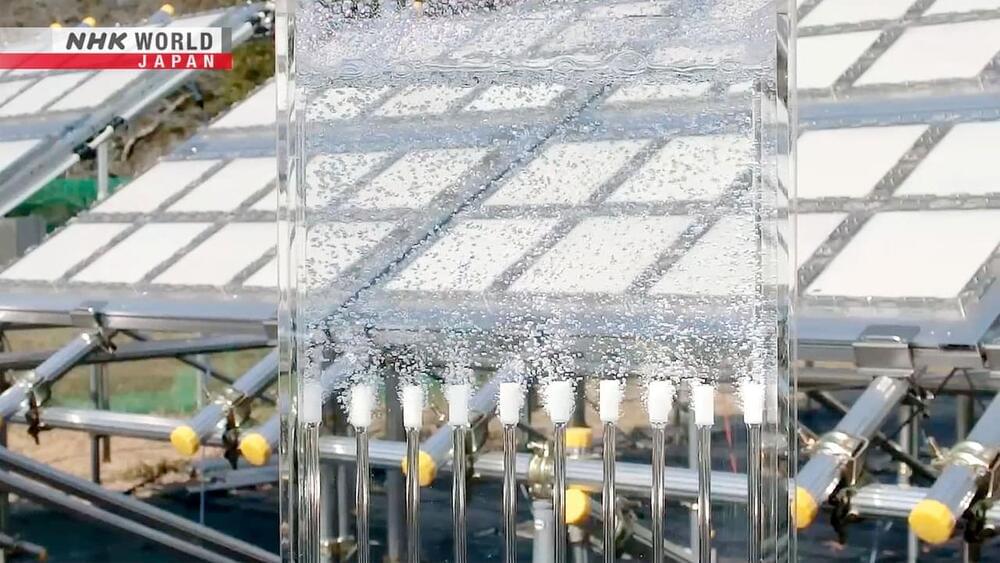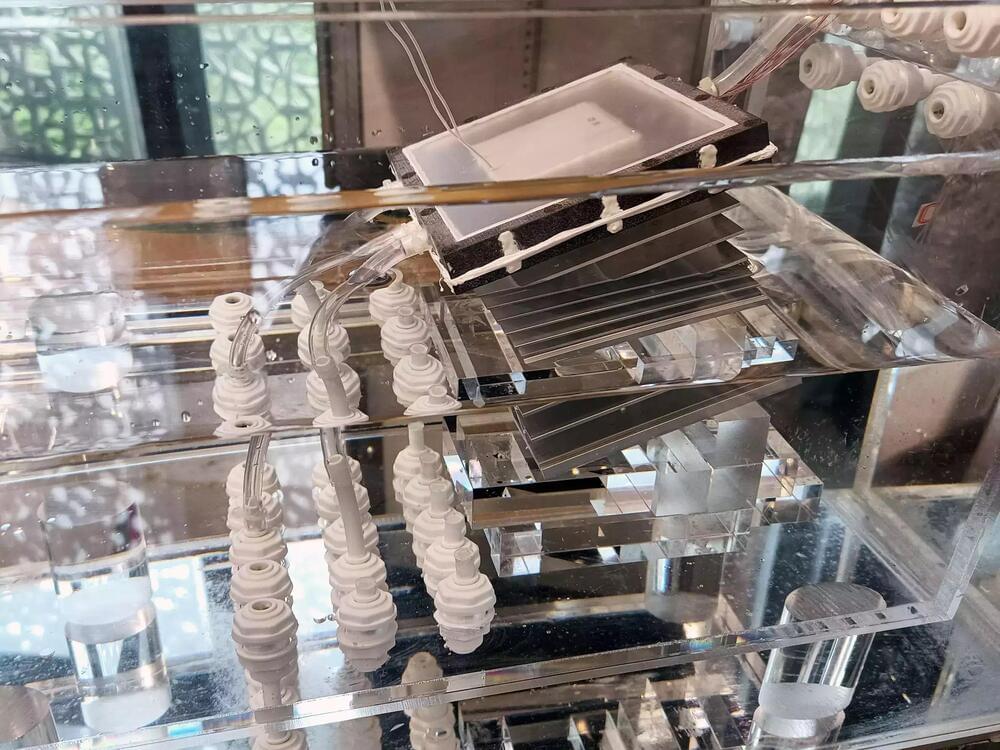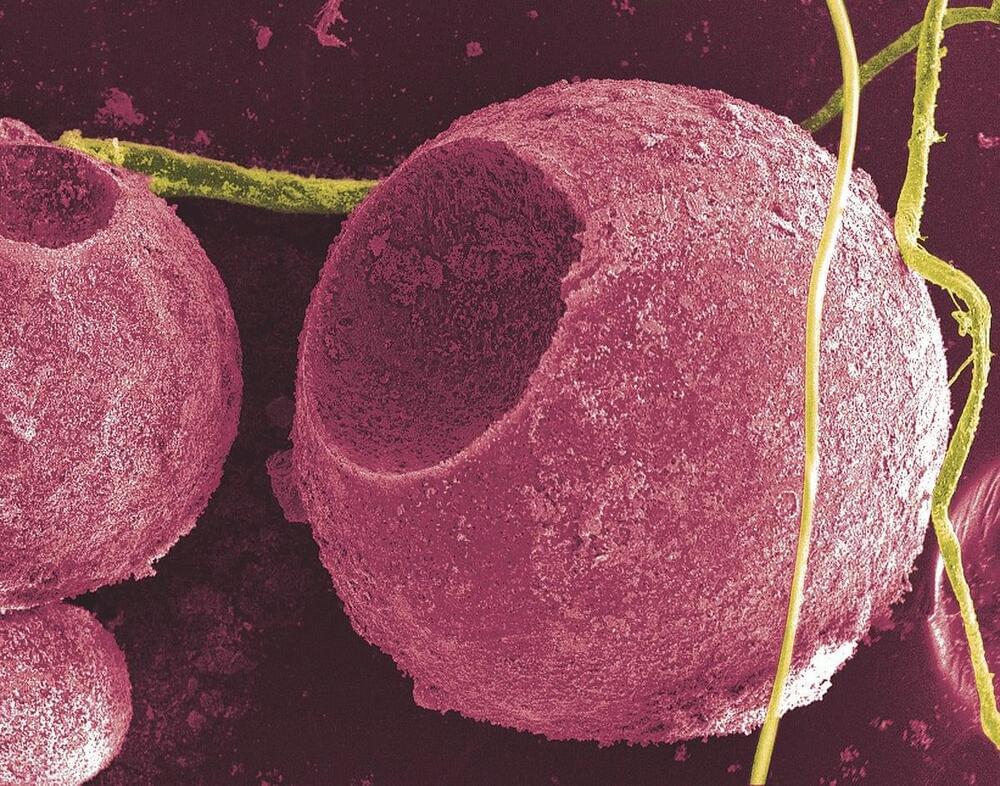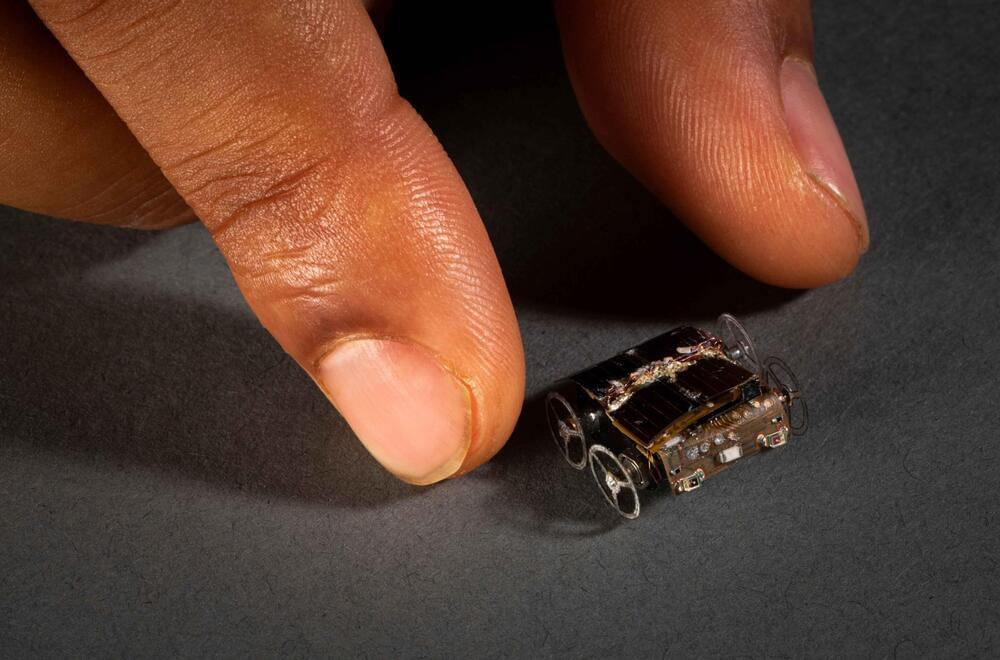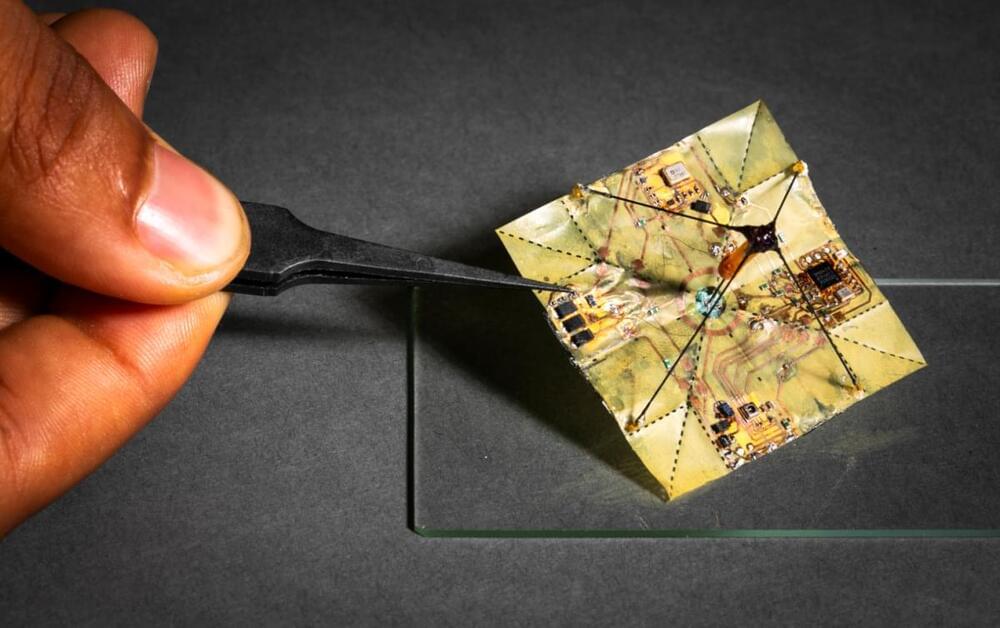Oct 14, 2023
Artificial Photosynthesis: A Game Changer for Clean Energy
Posted by Quinn Sena in categories: government, solar power, sustainability
Artificial photosynthesis, the next-generation technology, has now come this far! It is a technology that mimics plant photosynthesis to produce energy from resources found on earth such as sunlight and carbon dioxide. This is a promising new solution to energy and environmental problems as it can efficiently produce hydrogen and other substances. Japan was one of the first countries to recognize this technology and had launched a national project that involved the collaboration among industry, academia, and government. In 2021, they successfully produced large amounts of hydrogen, taking the world by surprise. Also in this episode, take a look at a system that can power homes using carbon dioxide. Find out the latest in artificial photosynthesis with reporter Michelle YAMAMOTO.
